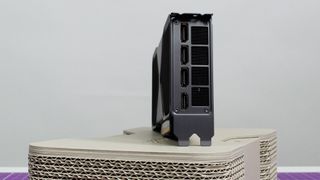Computing components
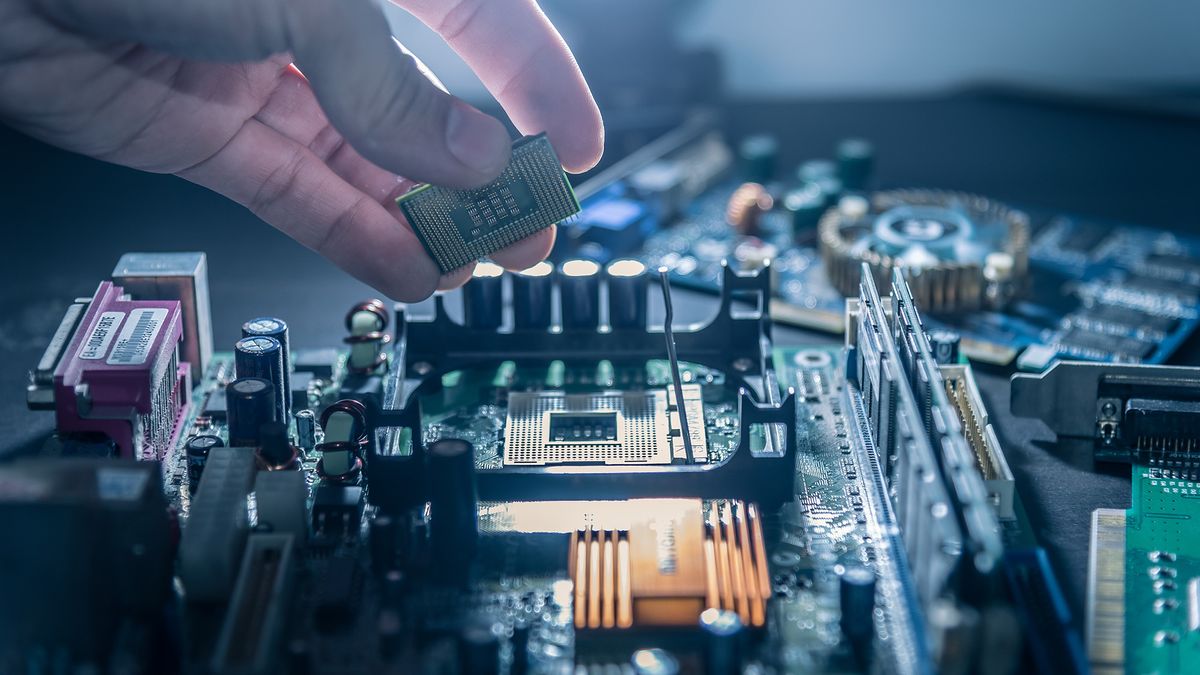
Welcome to TechRadar’s computing components page, where we’re bringing together all the latest news on PC and laptop components, whether it be a new CPU and GPU rumor or our extensive reviews of the latest SSD and RAM kits. We’ll dive into everything from the best processors and best graphics cards to the best SSD and best RAM kits, along with anything else you can throw into a computer.
We’re also bringing you in-depth explainers and how-tos to help you better understand the components that go into your PC, how to test them for performance, and how to install them when you plan on an upgrade.
Whether it’s the latest generation of PC components or the old standbys that are still kicking around in your rig, we’ve got it covered here on TechRadar.
Explore Computing Components
Latest about Computing Components

Nvidia in 2025: year in review
By Darren Allan published
AI profits hit new heights, but it's been something of a rollercoaster for Nvidia this year with its new generation of Blackwell GPUs.

Is 8GB of VRAM really enough for gaming? This MSI laptop helped me find out
By Isaiah Williams published
I was left quite surprised at the MSI Katana 15HX B14W's gaming performance, but I'm slightly worried about how long 8GB GPUs will last.

This worrying RAM trend could cost you hundreds of dollars in the future
By Marcus Mears III published
Some prebuilt PC manufacturers are doing this to cut costs, but you're the one who ultimately pays for it.
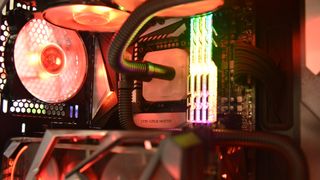
How much RAM do you actually need? I did the research so you don't overspend
By Marcus Mears III published
A quick and easy-to-follow guide to determine how much RAM your system should have for work and gaming.

One PC building firm has an answer to harsh DRR5 price hikes: BYO RAM
By Darren Allan published
There's a PC building party going on, just Bring Your Own RAM…
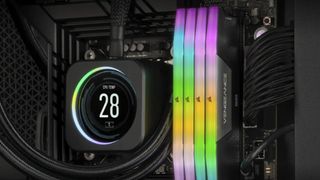
DDR5 RAM kit from Corsair was reportedly swapped for dummy RGB modules
By Darren Allan published
A buyer returned their 96GB memory kit worth $999 only to receive a replacement that consisted of $35 worth of dummy RGB lighting modules.
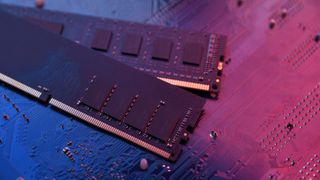
Watch out – RAM rip-offs are now in vogue, so here's how to avoid them
By Darren Allan published
Forget 'rock in a box' GPUs, high-end RAM scams are now being reported – here's how to avoid getting stung.

DDR5 RAM with a triple-fan cooler on top will be shown off at CES 2026
By Darren Allan published
DDR5 memory sticks with a triple-fan cooler on top are going to leave your wallet quaking in fear.
Sign up for breaking news, reviews, opinion, top tech deals, and more.

